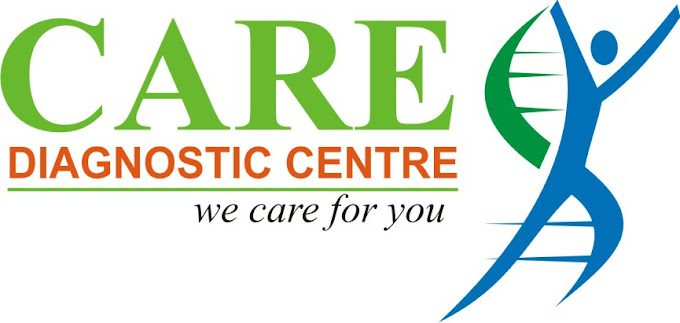Growth Scan

A growth scan, also known as a fetal growth ultrasound, is an essential part of prenatal care. It is performed to assess the growth and development of the fetus during pregnancy, typically conducted in the second and third trimesters. This scan helps monitor the fetus’s well-being, ensuring that it is growing at a healthy rate.
Purpose of Growth Scan
Monitoring Fetal Growth
The primary purpose of a growth scan is to measure the size and weight of the fetus. This helps in determining whether the fetus is growing appropriately for its gestational age. Key measurements include the head circumference (HC), abdominal circumference (AC), and femur length (FL). These parameters are used to estimate the fetal weight and compare it with standard growth charts.
Assessing Amniotic Fluid Volume
The scan also measures the volume of amniotic fluid surrounding the fetus. Adequate levels of amniotic fluid are crucial for fetal development and movement. Both polyhydramnios (excessive amniotic fluid) and oligohydramnios (insufficient amniotic fluid) can indicate potential complications.
Clinical Applications
Detecting Growth Restrictions
Growth scans are vital for detecting intrauterine growth restriction (IUGR), where the fetus is smaller than expected for its gestational age. IUGR can result from various factors, including placental insufficiency, maternal hypertension, or infections. Early detection allows for closer monitoring and potential interventions to improve fetal outcomes.
Identifying Macrosomia
Conversely, the scan can also identify fetal macrosomia, where the fetus is significantly larger than average. This condition increases the risk of complications during delivery, such as shoulder dystocia. Identifying macrosomia allows healthcare providers to plan for potential complications and consider alternative delivery methods if necessary.
Procedure of Growth Scan
Preparation and Process
The growth scan is a non-invasive procedure that typically takes about 20-30 minutes. The mother lies on an examination table, and a gel is applied to her abdomen to facilitate the transmission of sound waves. A transducer is then moved over the abdomen, sending sound waves that create images of the fetus on a monitor.
Key Measurements
During the scan, the sonographer takes specific measurements:
- Head Circumference (HC): Assesses the size of the fetal head.
- Abdominal Circumference (AC): Evaluates the size of the fetal abdomen, an indicator of overall fetal growth and fat stores.
- Femur Length (FL): Measures the length of the thigh bone, reflecting the length of the fetus.
These measurements are used to estimate the fetal weight and assess growth patterns.
Advantages of Growth Scan
Non-Invasive and Safe
The growth scan is a non-invasive procedure that does not involve radiation, making it safe for both the mother and the fetus. It provides valuable information without posing risks associated with more invasive diagnostic techniques.
Real-Time Assessment
The scan provides real-time images of the fetus, allowing immediate assessment of growth parameters and identification of potential issues. This enables timely interventions if necessary.
Limitations
Despite its benefits, growth scans have limitations. The accuracy of fetal weight estimation can be affected by factors such as fetal position and maternal body habitus. Additionally, growth scans provide information about size and weight but do not assess the functional health of the fetus. Other diagnostic tools and clinical assessments are often needed to provide a comprehensive evaluation of fetal well-being.
Integration with Prenatal Care
Growth scans are an integral part of comprehensive prenatal care. They are often combined with other diagnostic tests, such as Doppler studies to assess blood flow to the fetus, and biophysical profiles to evaluate overall fetal health. This holistic approach ensures that any growth abnormalities are detected early and managed effectively, optimizing outcomes for both the mother and the baby.

